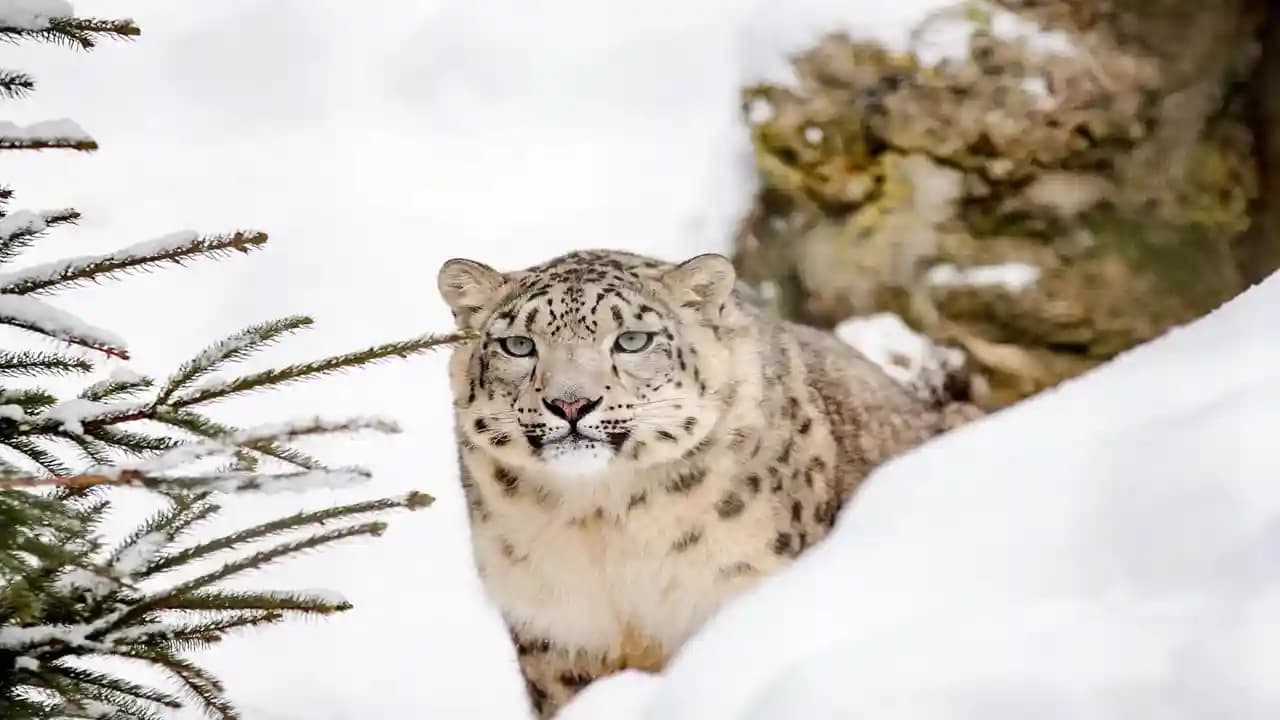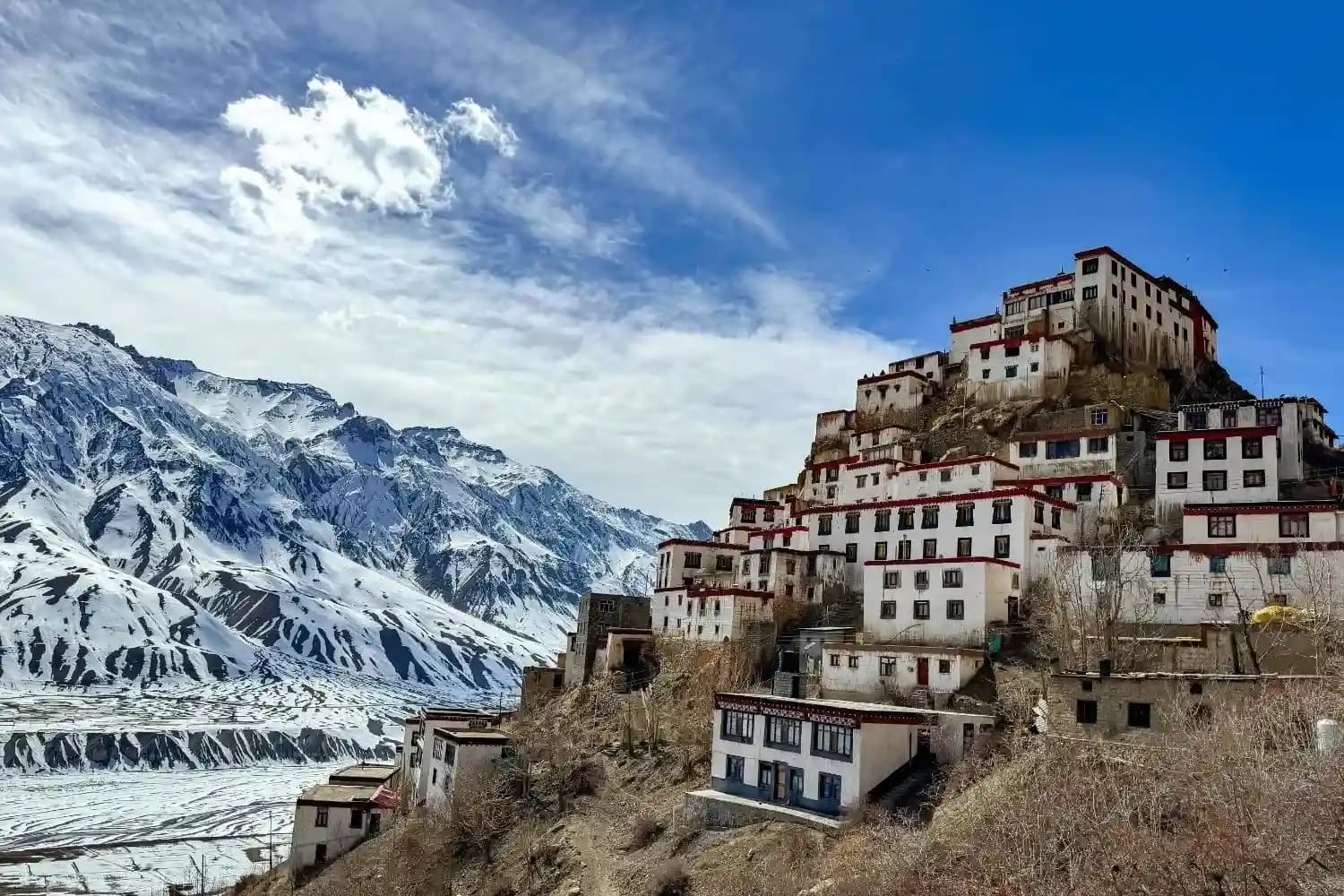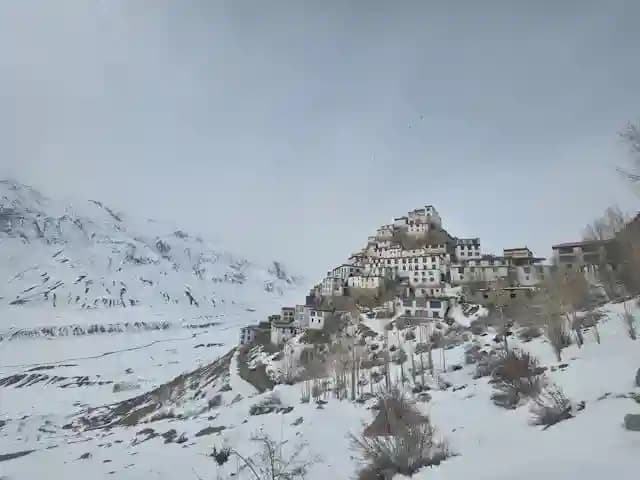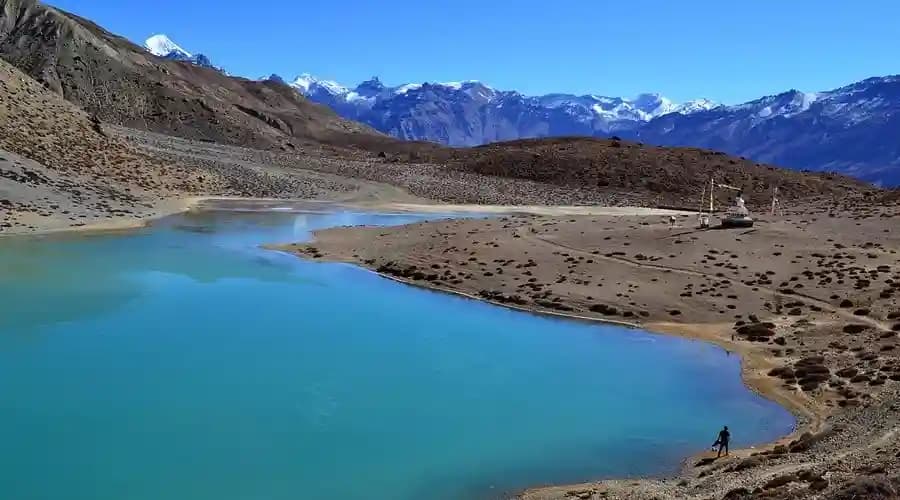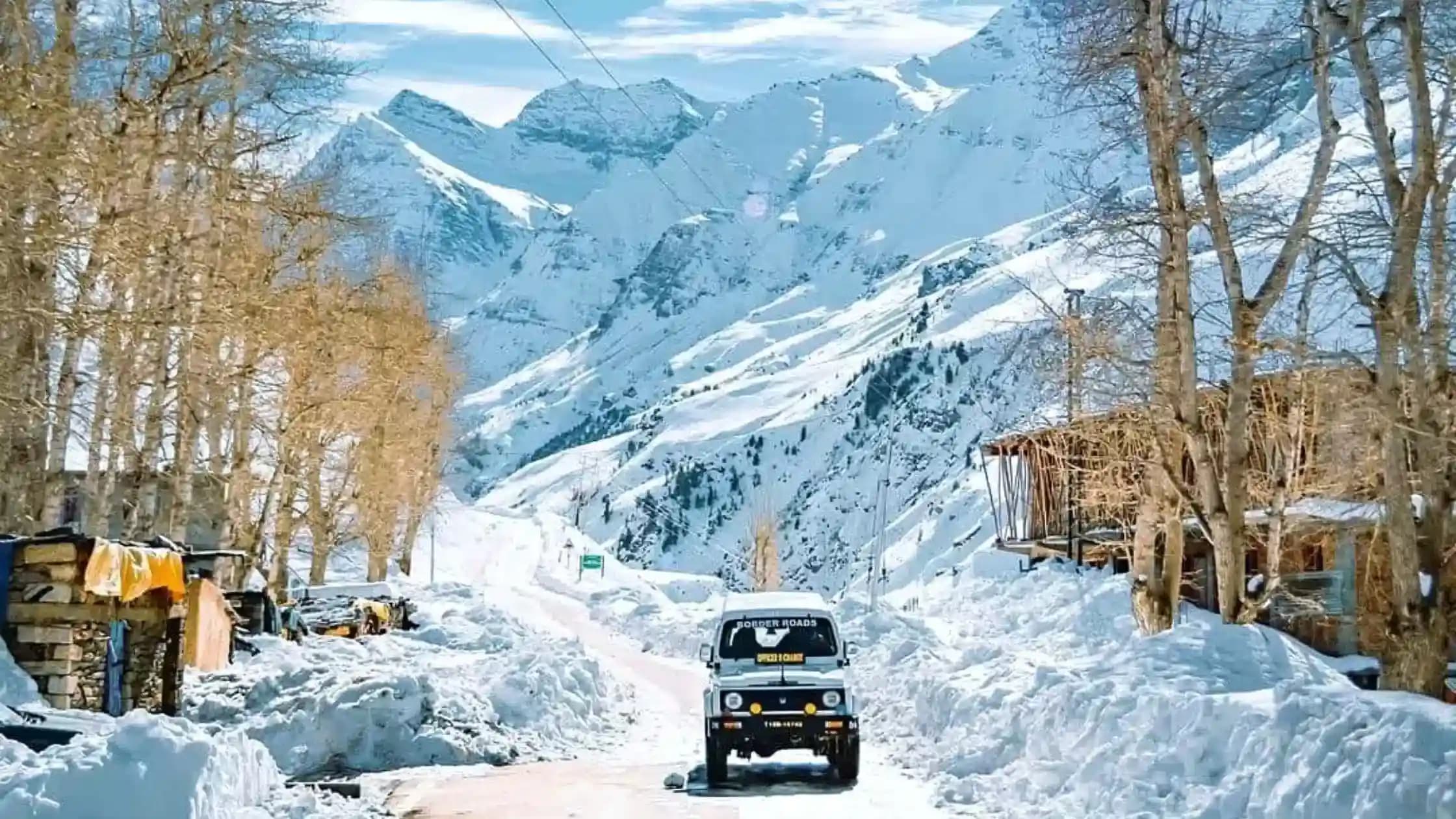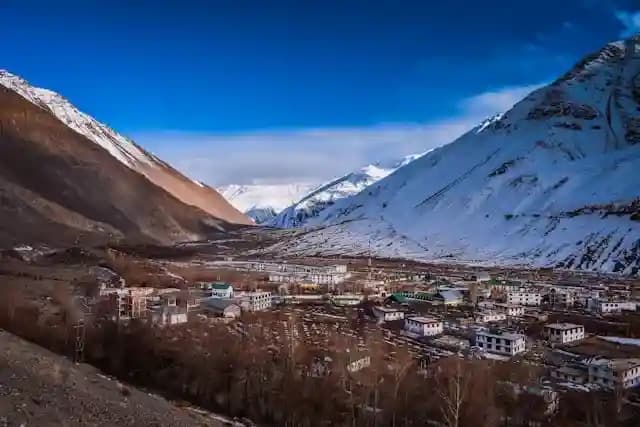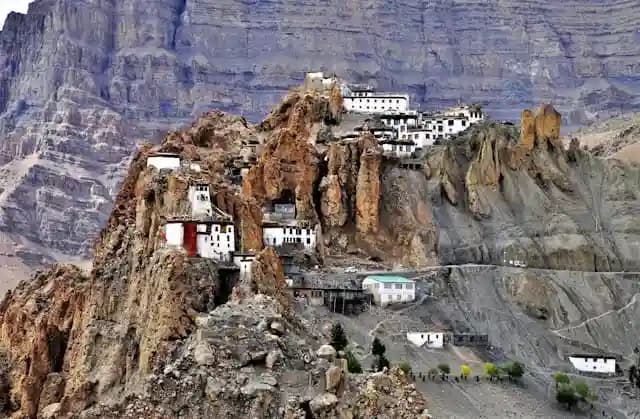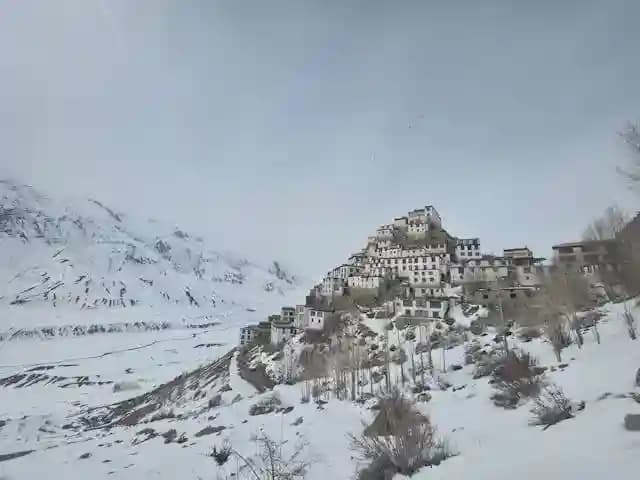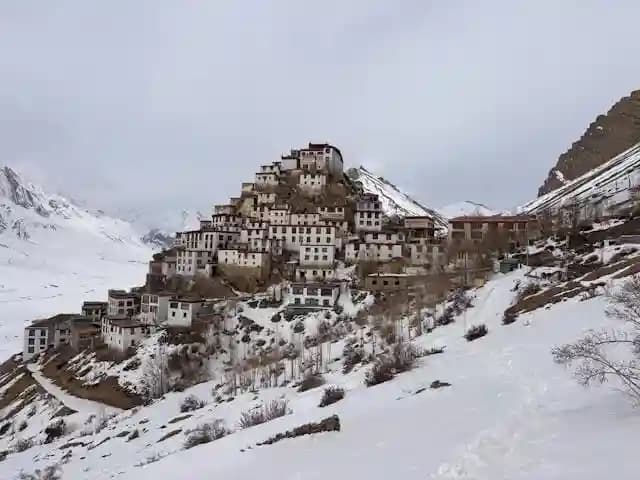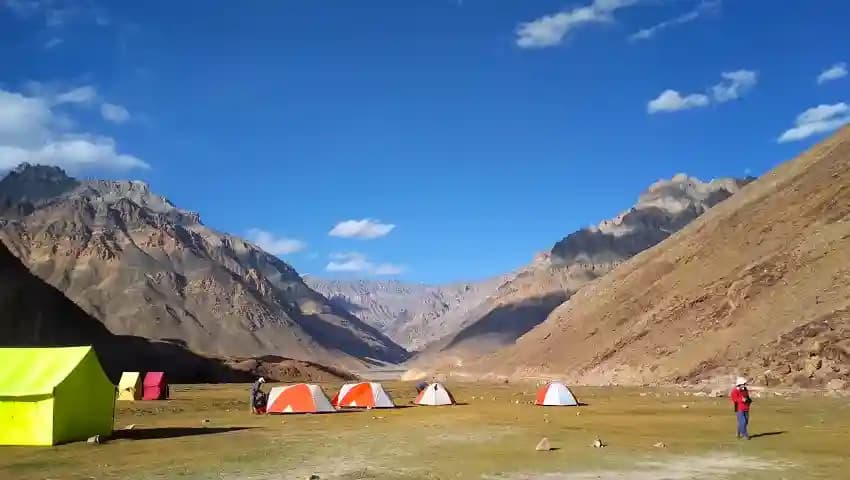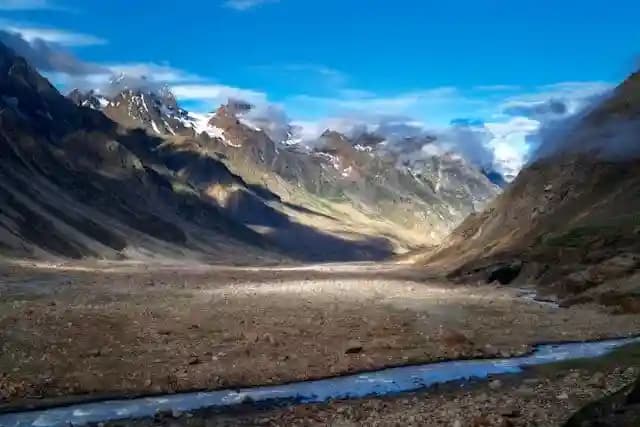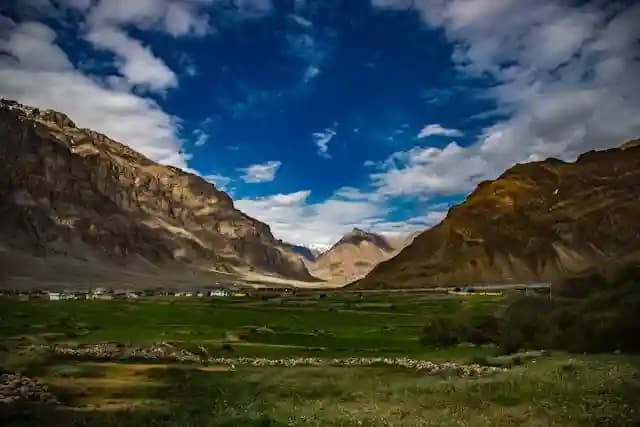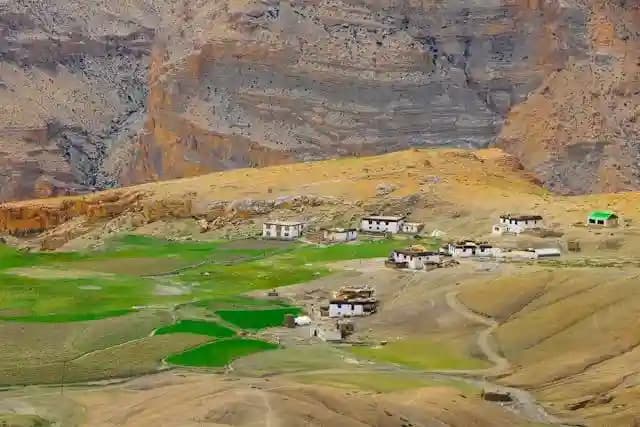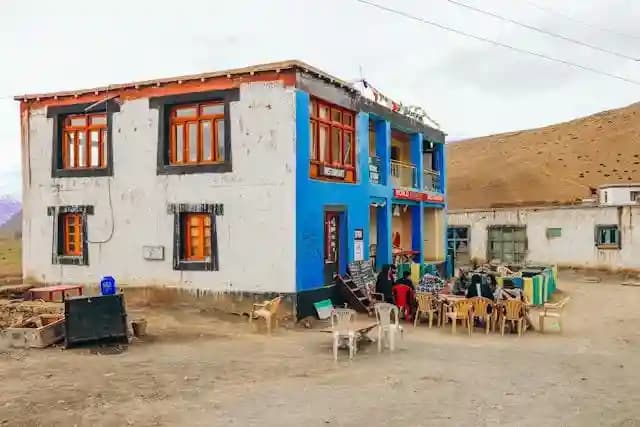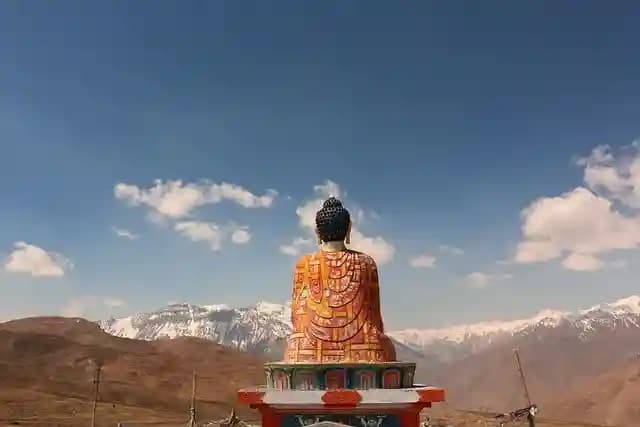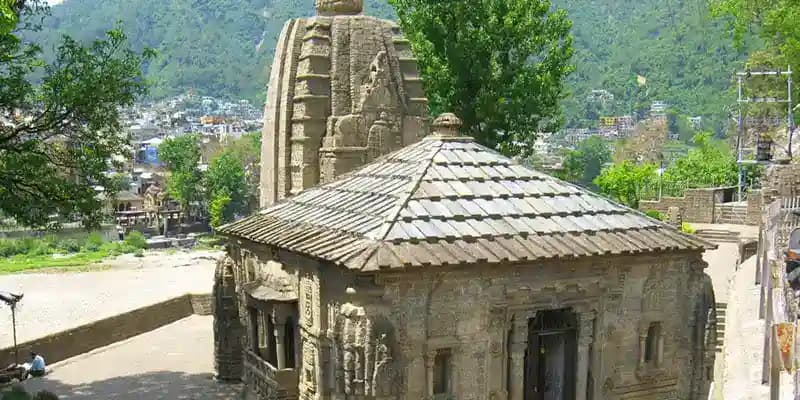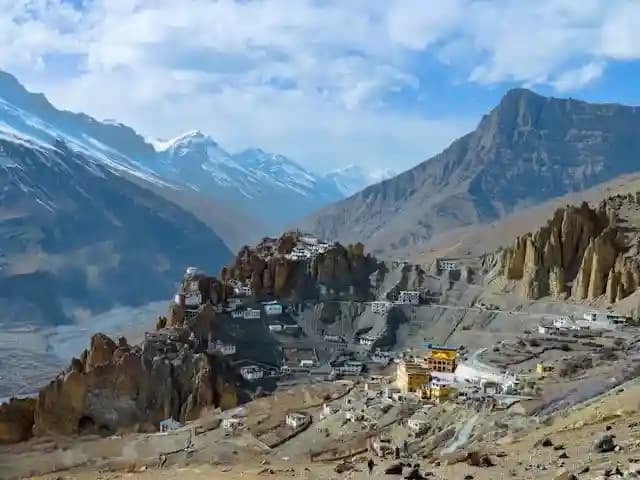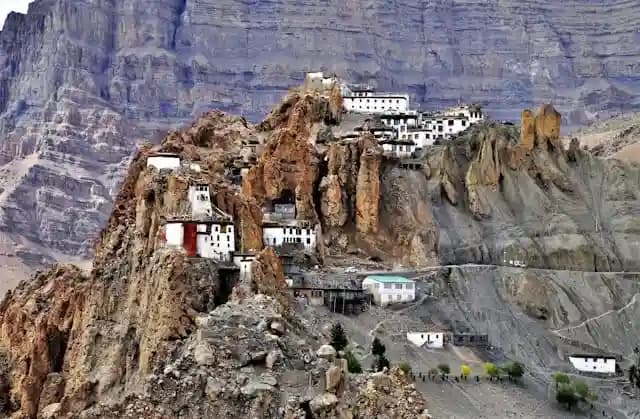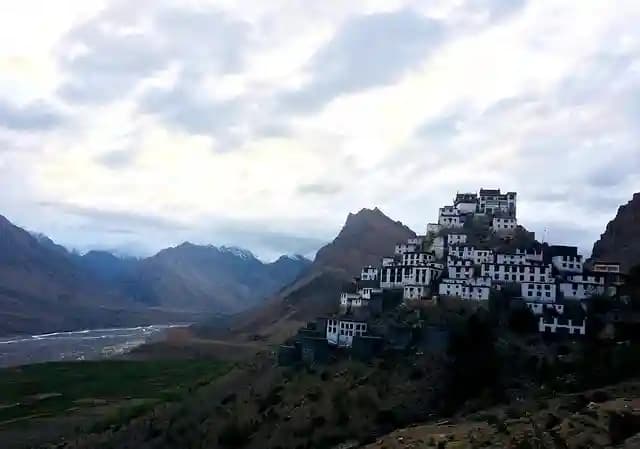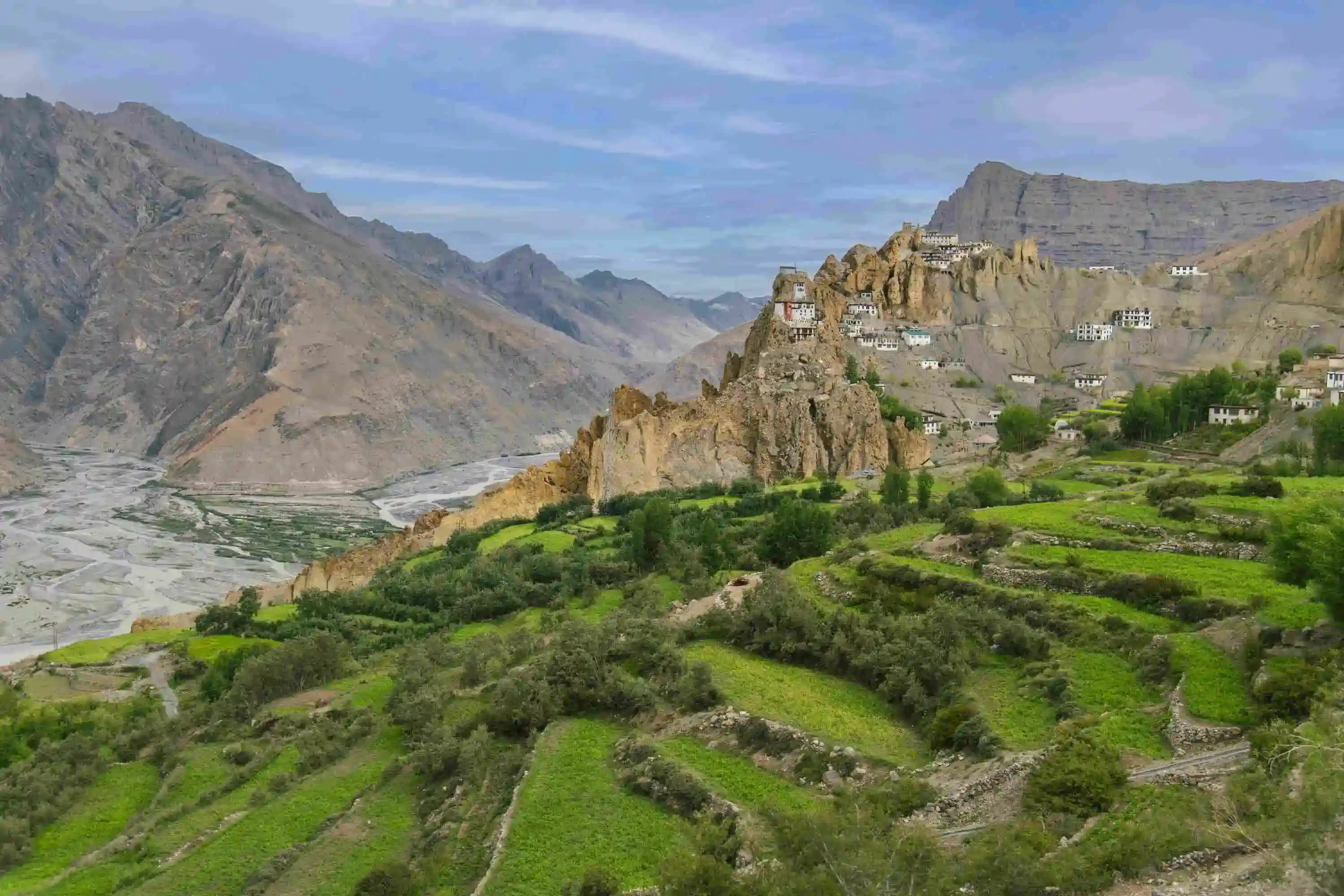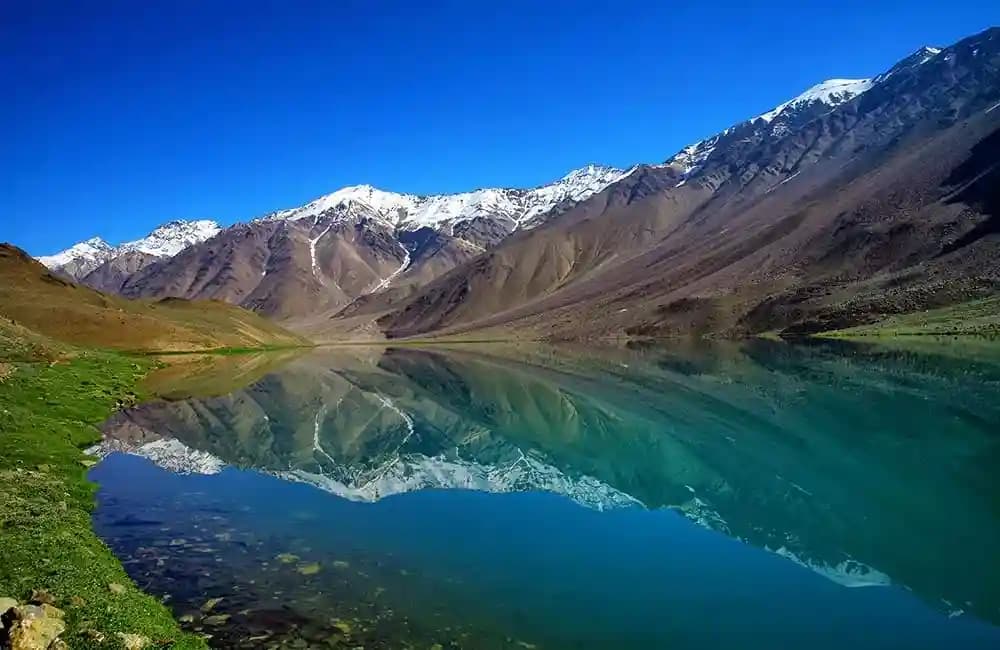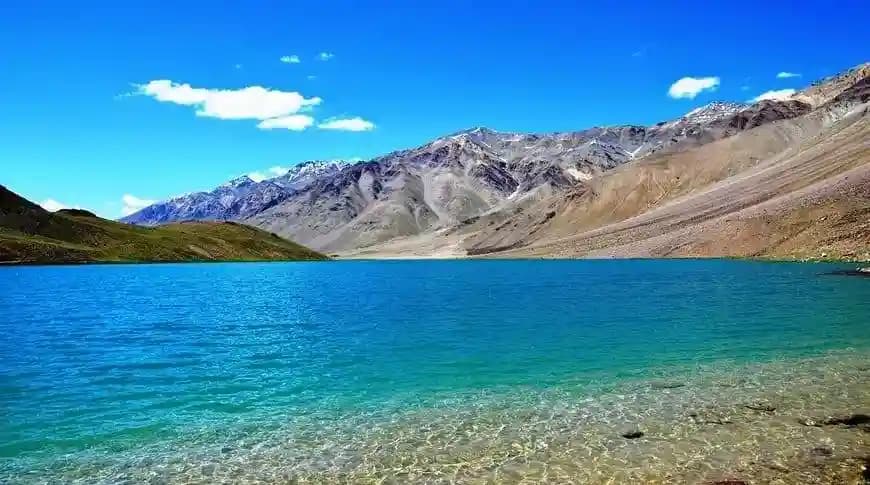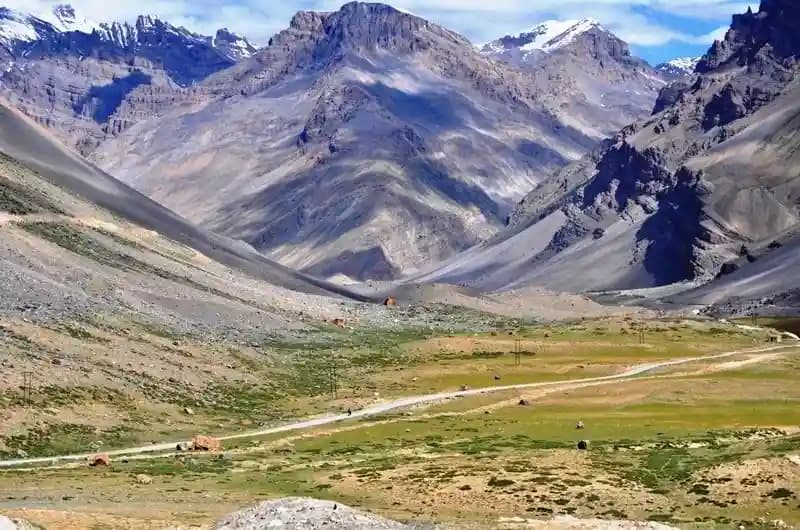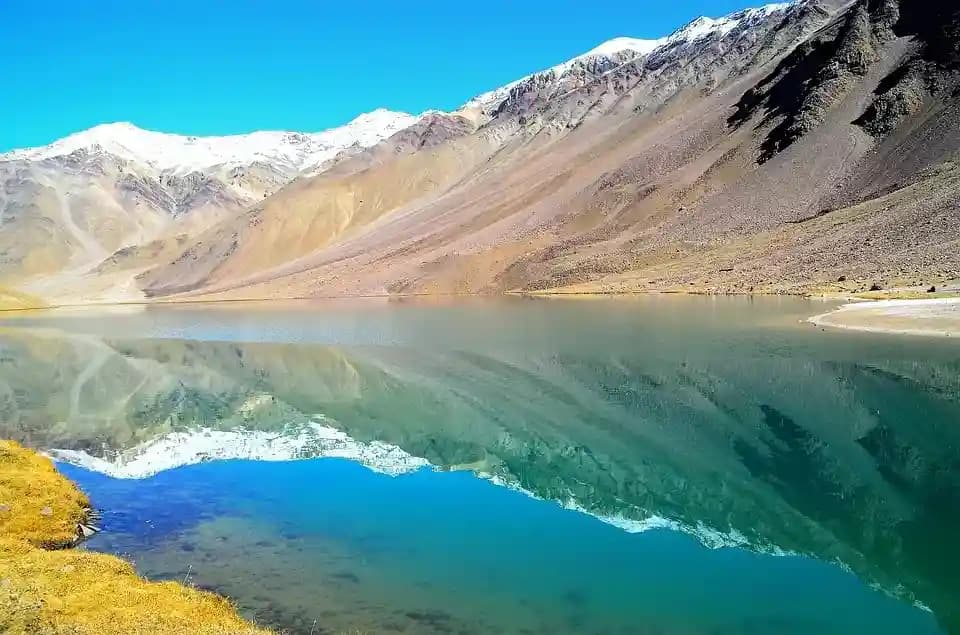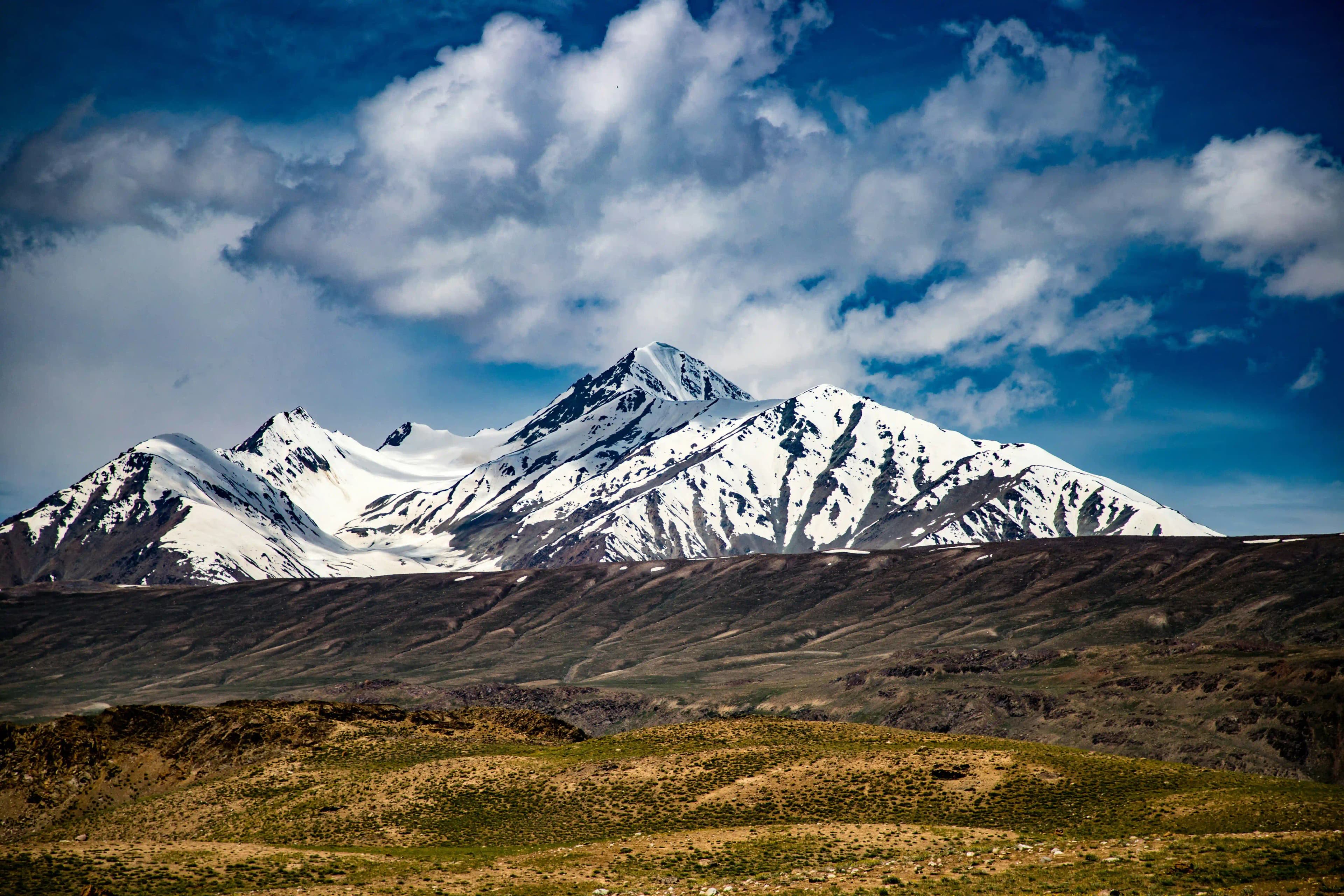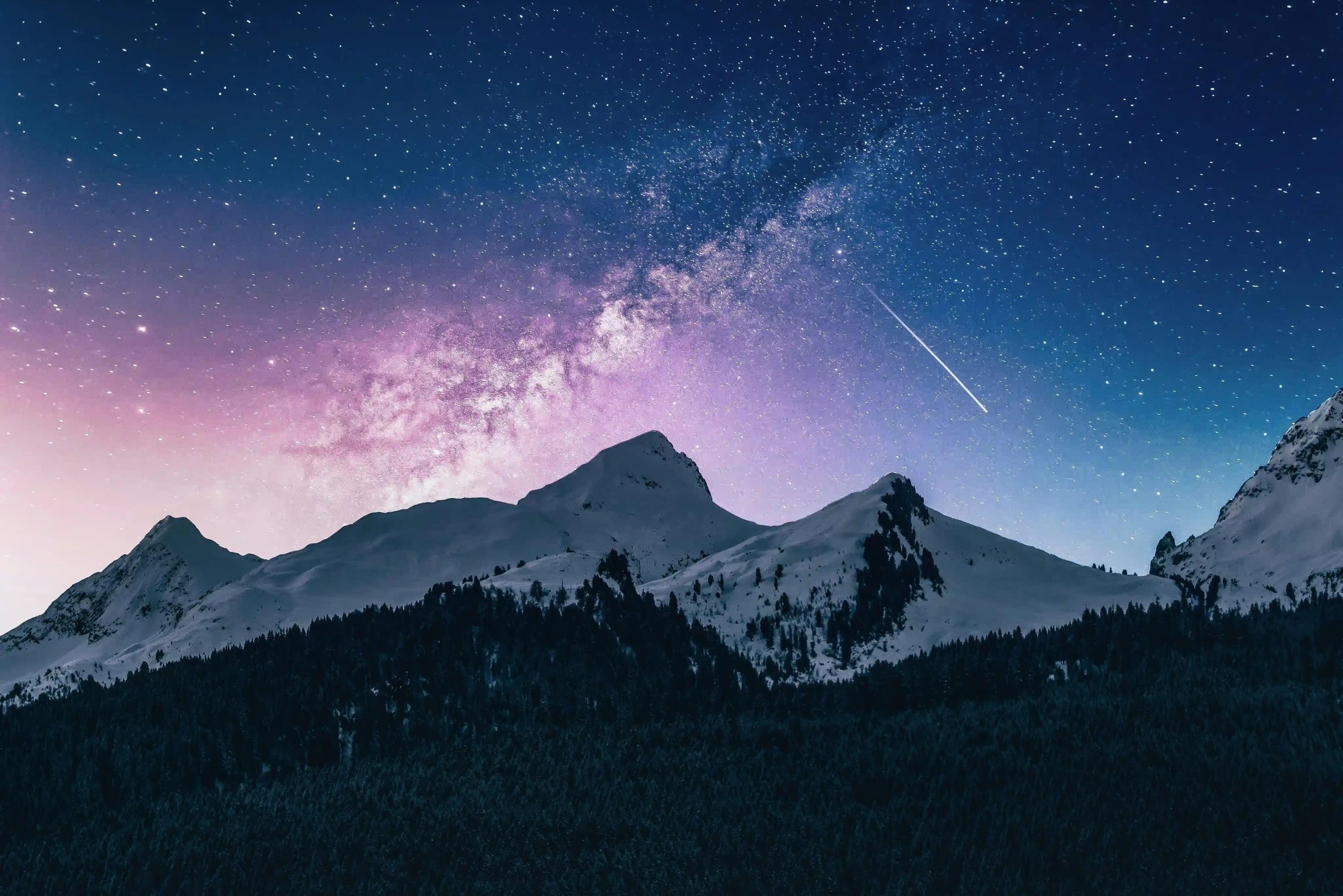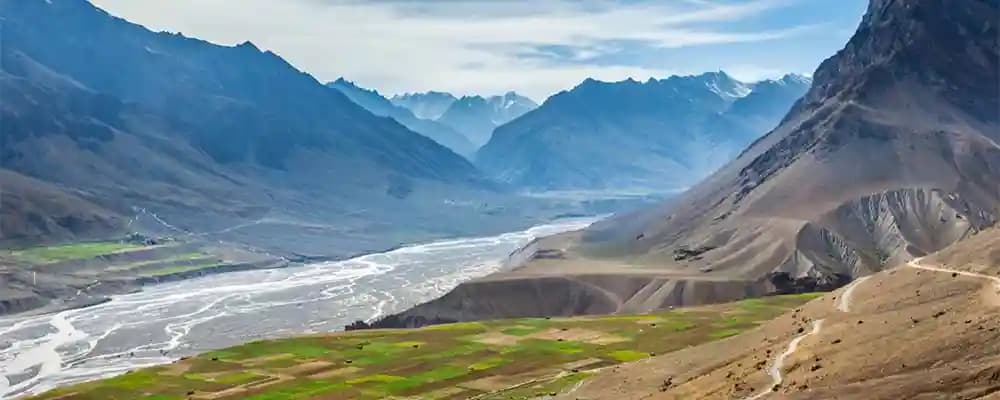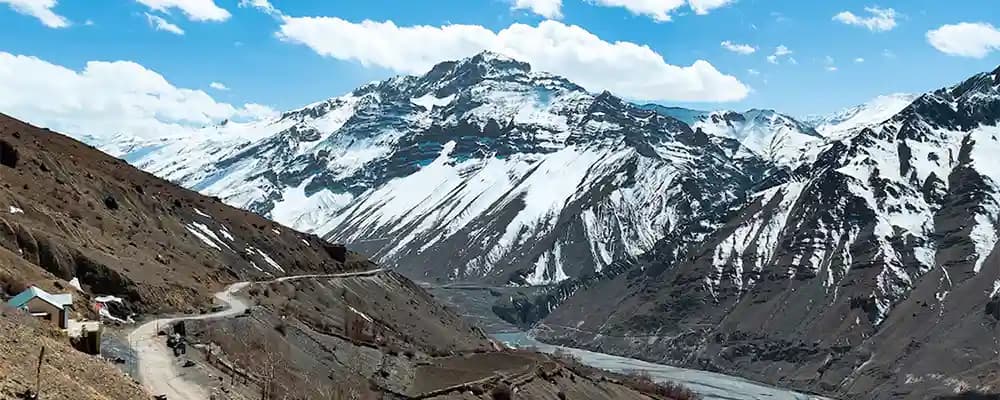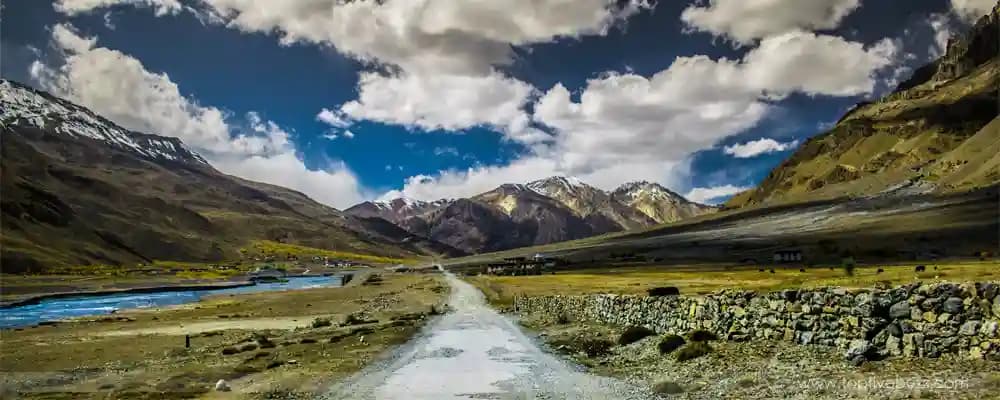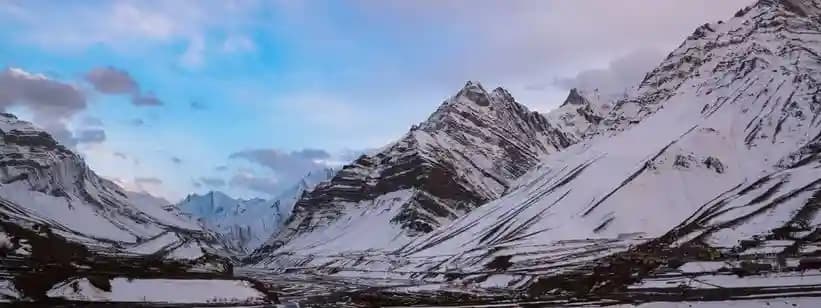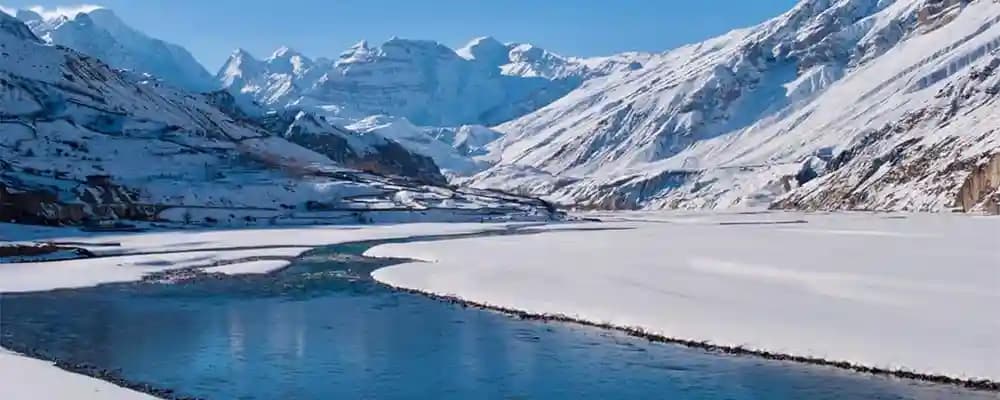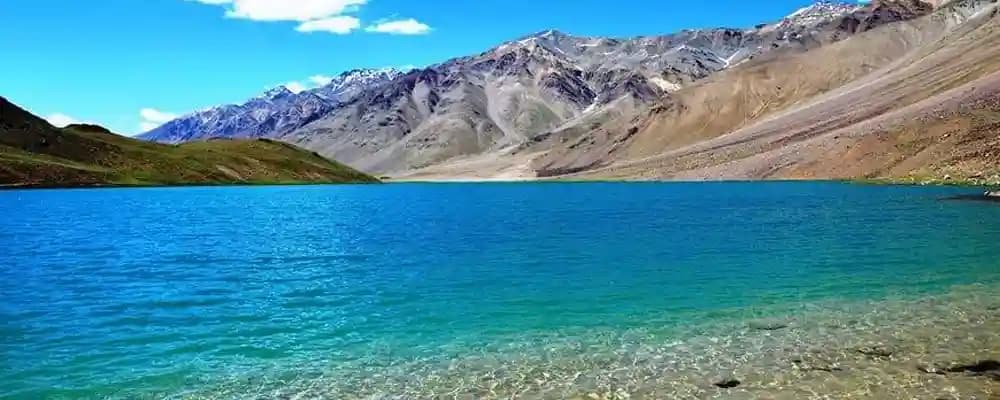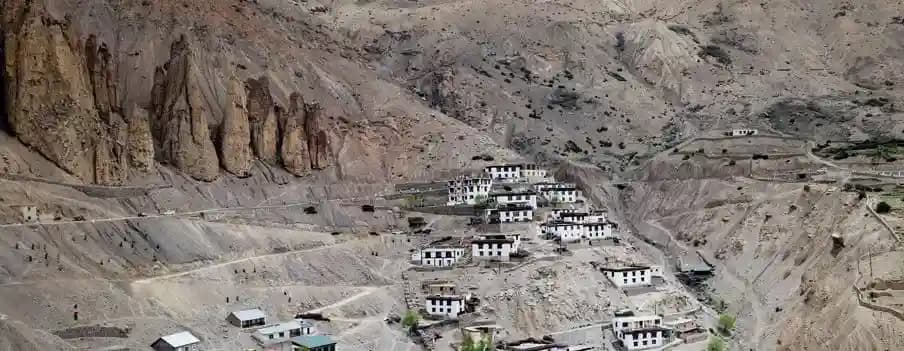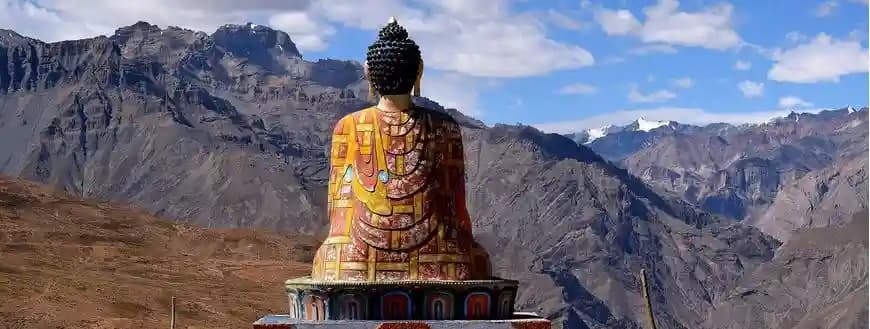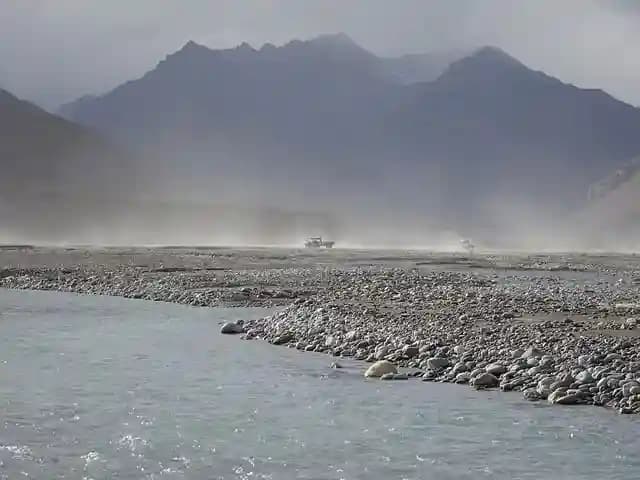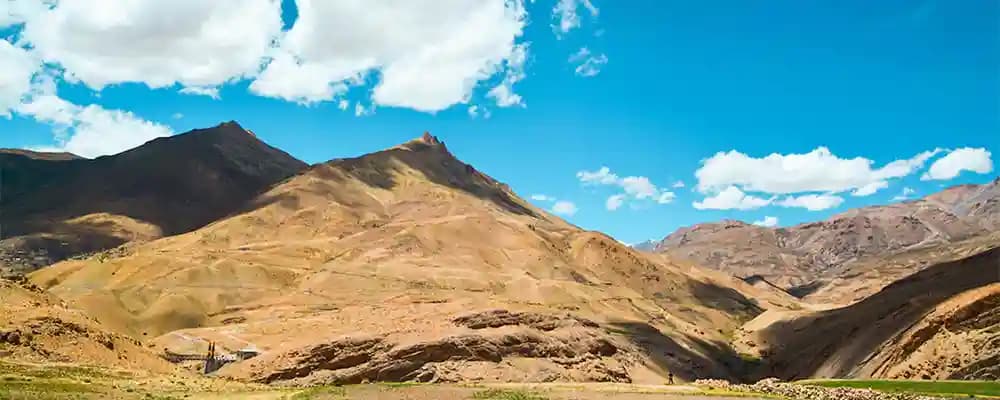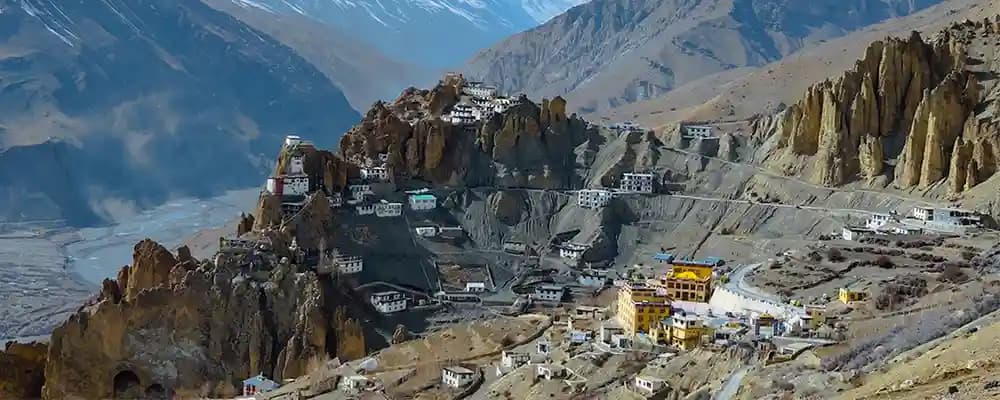What if you could see one of the rarest animals on earth in a place that feels almost untouched? People from around the world come hoping to spot the snow leopard in Spiti Valley because this is one of the few regions where these shy cats still roam freely. Sightings are never certain, which makes every moment feel tense in a good way. The cold air, silent cliffs and long stretches of untouched snow add a special kind of excitement to the search.
Travellers often stay for days, hoping to see even one faint paw mark. A Spiti Valley tour package also helps people explore the area slowly and safely during the winter months. In this blog, you will find the best time to visit for sightings, the top places where the cats are usually seen, the cost of a snow leopard tour in Spiti and some simple tips that improve your chances.
Best Time to Spot Snow Leopards in Spiti Valley
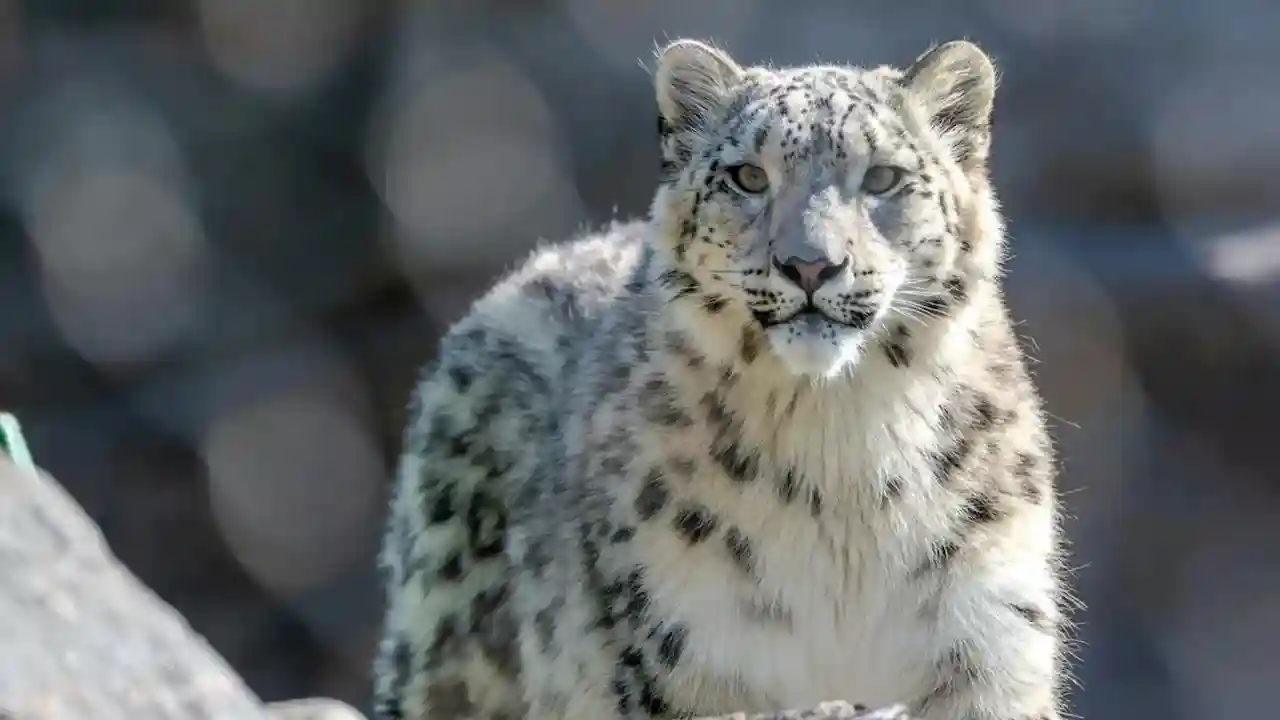
The best time to see a snow leopard in Spiti Valley is during the peak winter months when the mountains turn quiet, and the animals move lower in search of food. Most sightings happen from January to March because the snow makes it easier to track their movement. The days stay freezing with temperatures often dropping below minus 2,0 and the wind feels sharp, but this is the same weather that improves your chances of spotting a snow leopard in Spiti. The cold pulls the blue sheep closer to the slopes near the villages which brings the cats nearby as well. This period also happens to be the best time to visit Spiti Valley if wildlife photography and snow leopard tracking are your main interests.
Guides spend hours scanning ridges and cliffs because a snow leopard sighting in Spiti usually happens when the sun is soft, and the animals start to move. Winter skies stay clear most days, and the dry climate helps visibility. Travellers just need warm layers, patience and a bit of luck because the mountains decide everything here.
Average Snow Leopard Tour Cost in Spiti Valley
The cost of a snow leopard expedition in Spiti Valley varies based on season, group size, vehicle type, and trip duration. Budget group packages typically range from ₹45,000 to ₹80,000 per person for an 8 to 10 day trip, including basic homestays, shared transport, a local guide and tracker, with all meals and permits covered. Mid-range packages cost around ₹80,000 to ₹1,00,000 per person, offering better accommodation, smaller groups, comfortable vehicles, extended field time, and often a dedicated naturalist or wildlife photographer as your guide. Premium private tours usually start from ₹1,00,000 and can reach ₹1,80,000 or more per person, featuring exclusive vehicles, upgraded rooms, flexible schedules, multiple guides, camera equipment support, and longer time windows at the best spots for snow leopard sightings in Spiti Valley.
What these expeditions normally include:
Places to stay, like homestays, guesthouses, or simple hotels
All or most meals, usually breakfast, lunch, and dinner
Local transport in sturdy vehicles for the whole trip
Local expert guides and trackers for snow leopard searches
Permits, park or sanctuary fees, and local taxes, where needed
Basic support for spotting like spotters, local advice, and fixed group trip logistics
Common things not included:
Flights or long-distance trains to the pickup point like Leh or Shimla
Personal travel insurance and emergency evacuation (you should definitely get this)
Camera hire, professional photography rentals, and tips for guides
Best Places to See Snow Leopards in Spiti Valley
Spiti’s high cliffs and cold open slopes give you a real chance to see the snow leopard in Spiti Valley during the long winter. The landscape stays quiet, the air feels light, and you often notice signs of wildlife moving across the ridges. Here is the list of 5 places to visit in Spiti Valley where sightings are most common.
1. Tashigang
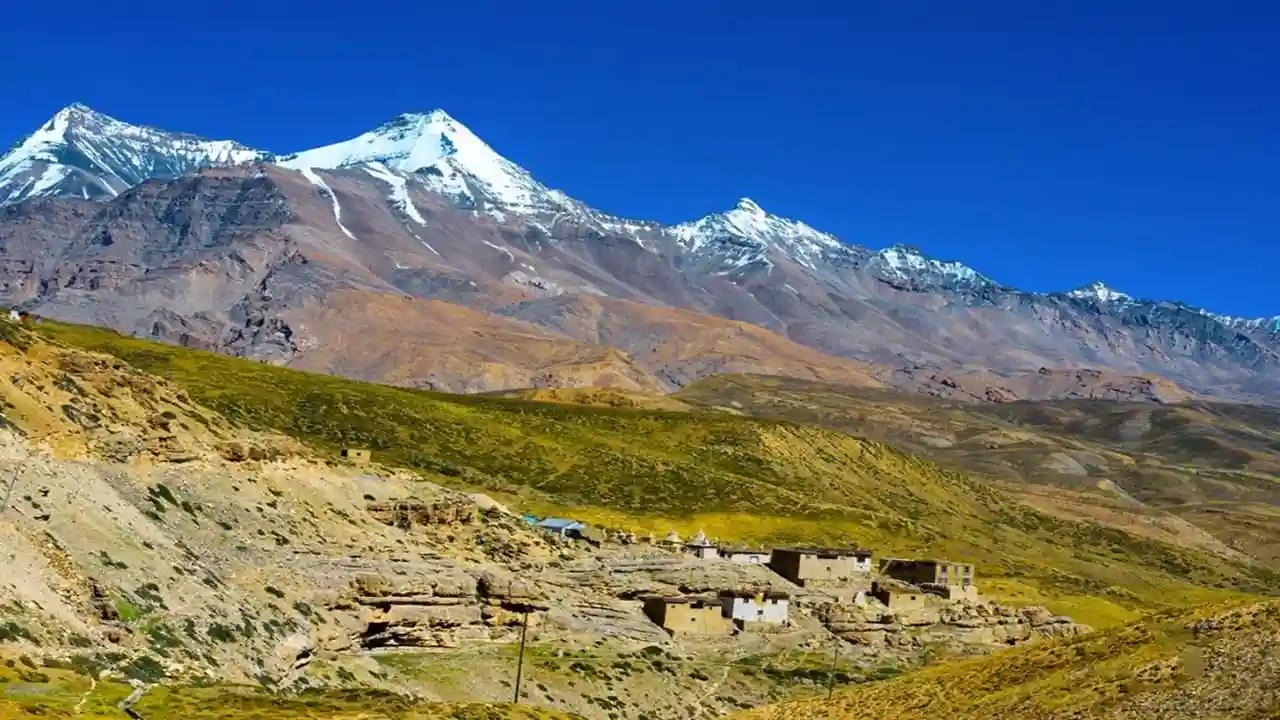
Tashigang sits on a high, rocky ridge where cliffs and wide open slopes meet. The broken rocks and scree make good hiding places for big cats. In winter, the animals move lower along the river valleys to hunt. Local shepherds say blue sheep and ibex come close here, and snow leopards follow their tracks at dawn and dusk. This area is a strong spot for a snow leopard in Spiti Valley because the terrain and prey patterns bring cats into view along the ridgelines.
2. Kibber Wildlife Sanctuary
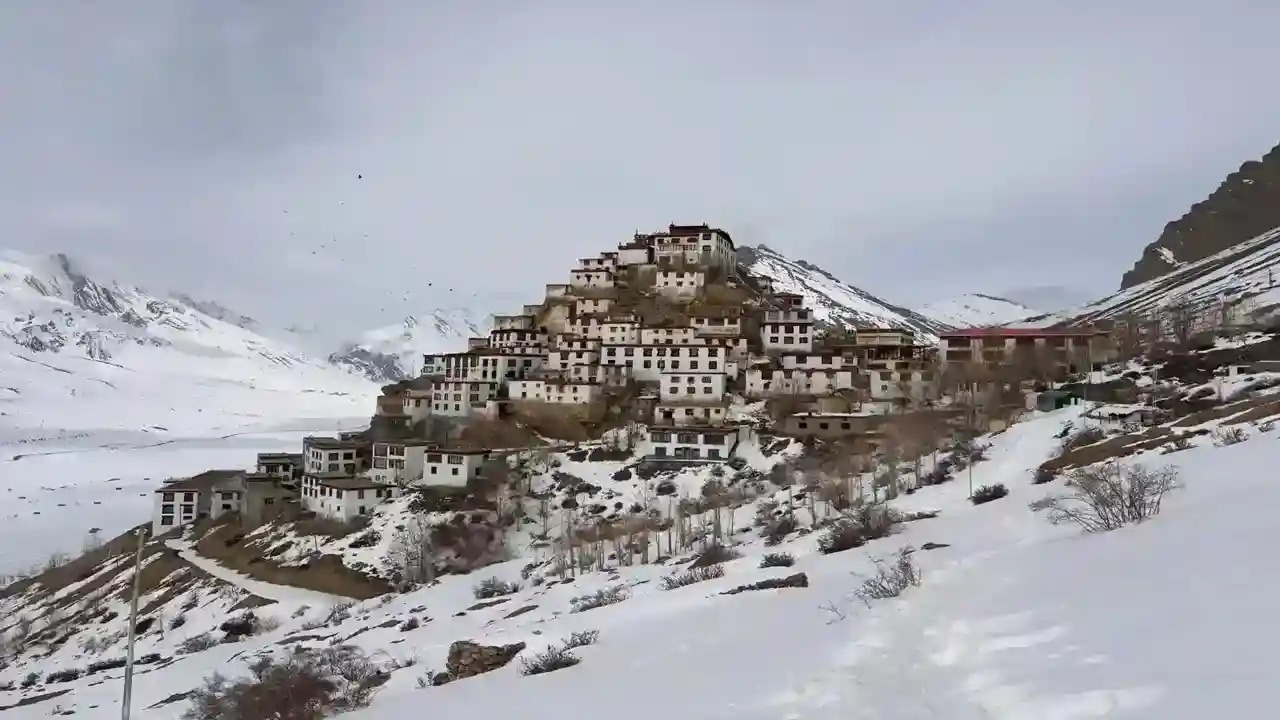
Kibber Wildlife Sanctuary is a wide, cold plateau with cliffs, dry grass, and small streams. The village of Kibber lies inside the sanctuary, and rangers watch for wildlife here. Snow leopards come down from higher slopes to hunt where wild sheep gather near water. The rocky outcrops give good camera views when sunlight hits early in the morning. Many guides report clear snow leopard sightings in Spiti at spots where prey paths cross narrow gullies and small feeding plains.
3. Pin Valley National Park

Pin Valley is a deep valley with steep sides and high passes. The soft grass meadows and scattered shrubs hold marmots and wild sheep that snow leopards prey on. These cats often use rocky ledges to watch for prey and then move quietly into the meadows at night. The valley’s shape makes animals concentrate near water, which raises the chance to see signs like paw prints and scrapes. This region is known for the snow leopard in Spiti because the valley links high and low zones for animal movement.
4. Chicham
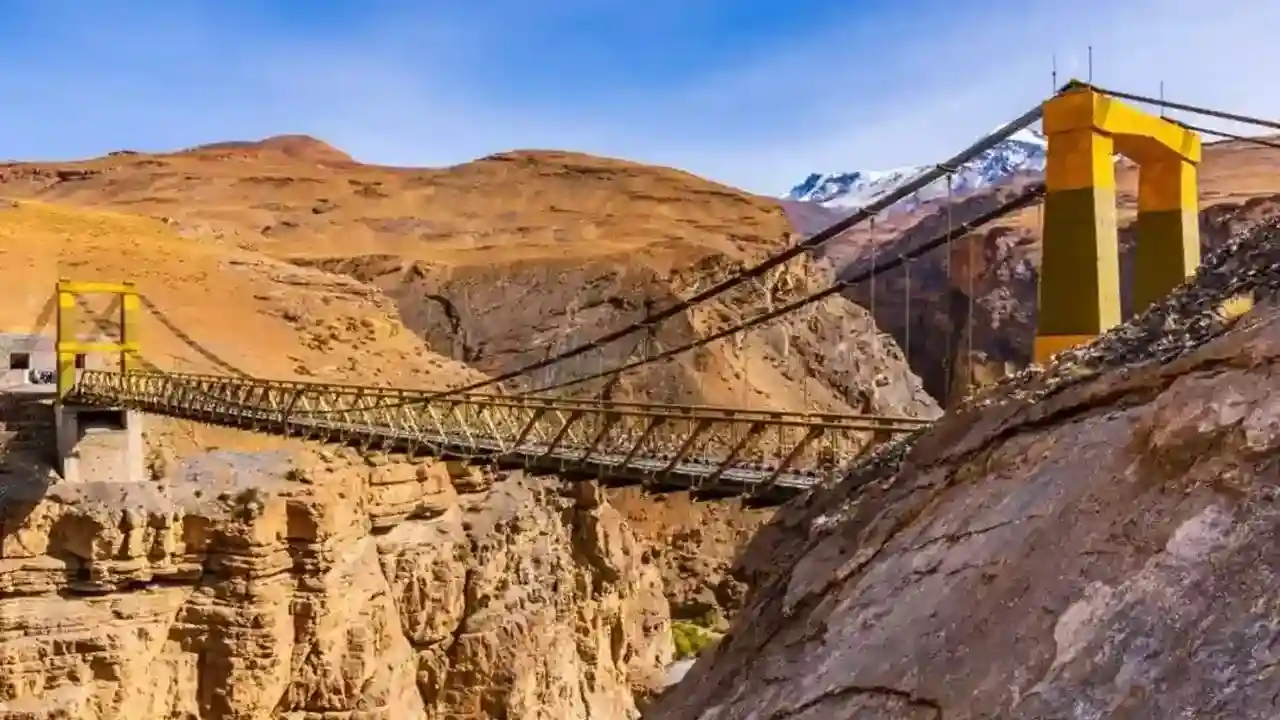
Chicham sits above a dramatic gorge with narrow trails and tall cliffs. The steep drop creates warm sun pockets on ledges where prey rest. Snow leopards like such ledges for hiding and for quick ambushes. In colder months, the cats cross the slopes at dusk when blue sheep move to lower pastures. The mix of cliff faces and nearby grazing land makes Chicham a focused place to watch for the snow leopard in Spiti Valley, especially during calm, clear mornings.
5. Lahaul and Spiti’s High Mountain Zones

The high mountain zones here have bare rock, loose scree, and wide plateaus. These open spaces force mountain prey into tight trails and narrow saddles. Snow leopards use the saddles to move unseen and to follow herds. In late winter, the cats search lower plates for food and become more visible near ridges and passes. The extreme altitude and raw landscape make these high zones a key area for a snow leopard in Spiti Valley, where weather and prey routes control where sightings happen, making wildlife tracking one of the most challenging things to do in Spiti Valley.
Essential Tips for Spotting Snow Leopards in Spiti Valley
Here are 8 simple and helpful tips that can make your snow leopard sighting in Spiti much smoother and really boost your chances of spotting these rare and beautiful cats.
Prepare for extreme cold: Carry warm layers that you can trust because Spiti winters hit hard. Good boots, a thick jacket, thermals, a cap and gloves make long hours outside a lot easier and keep you steady in the wind.
Choose winter months: Most people spot snow leopards between December and March since the animals move closer to villages when the higher slopes freeze, which is why Spiti Valley in winter offers the best chances.
Be patient during tracking: Some days feel slow and quiet, but that is normal in wildlife zones. Sit, watch the ridges and let the guides read the signs while you settle into the pace of the mountains.
Go with local guides: Local trackers notice small movements and fresh marks that tourists usually miss when searching for Spiti Valley snow leopards. They know which slopes stay active and which valleys see regular movement.
Give yourself time to adjust: The cold and altitude can hit you on the first day, so drink water often and rest whenever your body needs it. A slow start helps you stay strong during long field days.
Keep simple gear handy: A decent pair of binoculars, a warm flask, a small day bag and a camera with zoom are enough. These small things help you enjoy the sightings without feeling rushed.
Choose longer stays: When you spend more days around wildlife zones, you simply get more chances. Extra mornings or evenings often make the biggest difference.
Respect wildlife and locals: Stay quiet near ridges, listen to the guide and keep a distance from animals. Spiti villages open their homes to travellers, so simple kindness goes a long way.
Conclusion
It is hard to explain the feeling of watching a wild cat walk across a quiet slope, but many travellers say it stays with them long after they leave Spiti. Seeing a snow leopard in Spiti Valley is never promised, yet the slow days, the cold mornings and the calm silence make the whole journey feel special on their own. The local guides, the homestays and the raw winter landscapes add their own charm to the experience. If you plan your trip with enough days and come prepared for the weather, the mountains reward you in small and beautiful ways. Start planning your trip now and give yourself a real chance to witness this rare moment.
